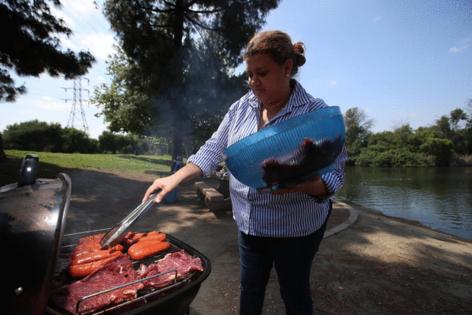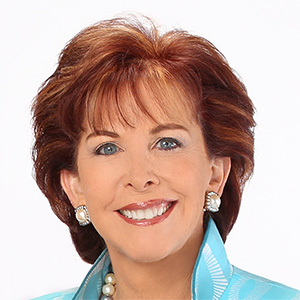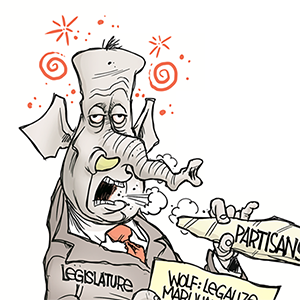Fourth of July barbecues will cost more in California. Here's a breakdown
Published in Business News
Fireworks aren't the only thing accompanying Californians' Fourth of July celebrations this year — higher grocery prices will as well.
A California cookout for 10 guests will cost $90.06, compared with the national average of $70.92 and Western regional average of $73.50, according to the American Farm Bureau Federation's annual "marketbasket" survey. California-specific costs were included for the first time this year.
The survey uses data collected by volunteer shoppers across the country, including Farm Bureau members and others, from stores in every state and Puerto Rico to give consumers a snapshot of food costs. This year's national average of $7.09 per person for a cookout, marks the second-highest cost since the survey began in 2013.
California shoppers face steep premiums on cookout staples. Ground beef costs $14.33 for two pounds — $1 more than the national average. Chicken breasts run $12.48 for two pounds versus $7.79 nationally, while three pounds of pork chops cost $19.30, compared with $14.13 nationwide.
Even basic items carry higher price tags in California. Hamburger buns cost $3.42 per package ($1.07 above average) and cheese runs $3.87 per pound (33 cents more). Fresh strawberries cost $6.14 for two pints versus $4.69 nationally, while two and a half pounds of homemade potato salad totals $4.92 compared with $3.54 elsewhere, the American Farm Bureau Federation said.
Ice cream, cookies and lemonade also cost more in the Golden State.
"Inflation and lower availability of some food items continue to keep prices stubbornly high for America's families," said Samantha Ayoub, associate economist at the American Farm Bureau Federation.
Several factors account for the higher costs in California and nationwide.
Trump administration tariffs on Mexico and Canada, two of the biggest suppliers of fresh produce, have increased import costs, which most retailers pass on to consumers. In March, Trump imposed a 25% tariff on most goods from Canada and Mexico.
The American Farm Bureau Federation's assessment focuses mostly on food and drink items primarily grown and produced in the U.S., making it challenging to determine the full tariff impacts. However, steel and aluminum tariffs have increased costs for canned goods such as pork and beans.
"Market uncertainty remains a challenge for many California producers, but we are hopeful the announcements of several recent trade deals is an indication that the administration is making progress on this front," Matthew Viohl, California Farm Bureau director of policy advocacy, said in an emailed statement.
Reduced cattle availability and recovering chicken populations hit by avian flu also pushed prices higher.
Additionally, ICE raids across California have created widespread fear among agricultural workers, disrupting farm operations and potentially threatening food production.
Workforce disruptions could threaten the state's ability to supply healthy food, drive up grocery prices for all Americans and jeopardize California's position as the nation's agricultural leader, said Bryan Little, senior director of policy advocacy for the California Farm Bureau.
Higher grocery costs, however, don't benefit farmers, who receive only 15% of each retail food dollar while facing rising expenses for labor, transportation and taxes.
©2025 Los Angeles Times. Visit at latimes.com. Distributed by Tribune Content Agency, LLC.












Comments